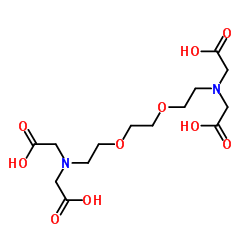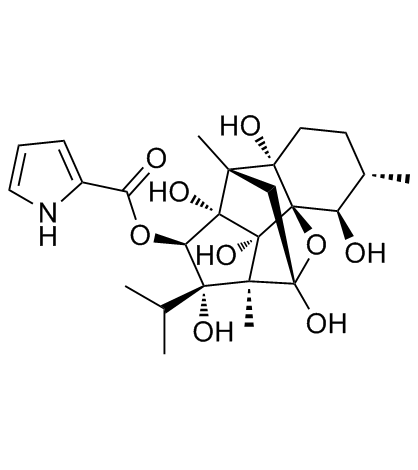| Structure | Name/CAS No. | Articles |
|---|---|---|
 |
Dimethyl sulfoxide
CAS:67-68-5 |
|
 |
Sulforhodamine 101
CAS:60311-02-6 |
|
 |
N6-Cyclopentyladenosine
CAS:41552-82-3 |
|
 |
EGTA
CAS:67-42-5 |
|
 |
Ryanodine
CAS:15662-33-6 |
|
 |
Caffeine
CAS:58-08-2 |
|
 |
γ-Linolenoyl-CoA
CAS:18172-33-3 |
|
 |
3,5-BIS(TRIFLUOROMETHYL)PYRAZOLE
CAS:14704-41-7 |
|
 |
8-Octanoyloxypyrene-1,3,6-trisulfonic acid trisodium salt
CAS:115787-84-3 |